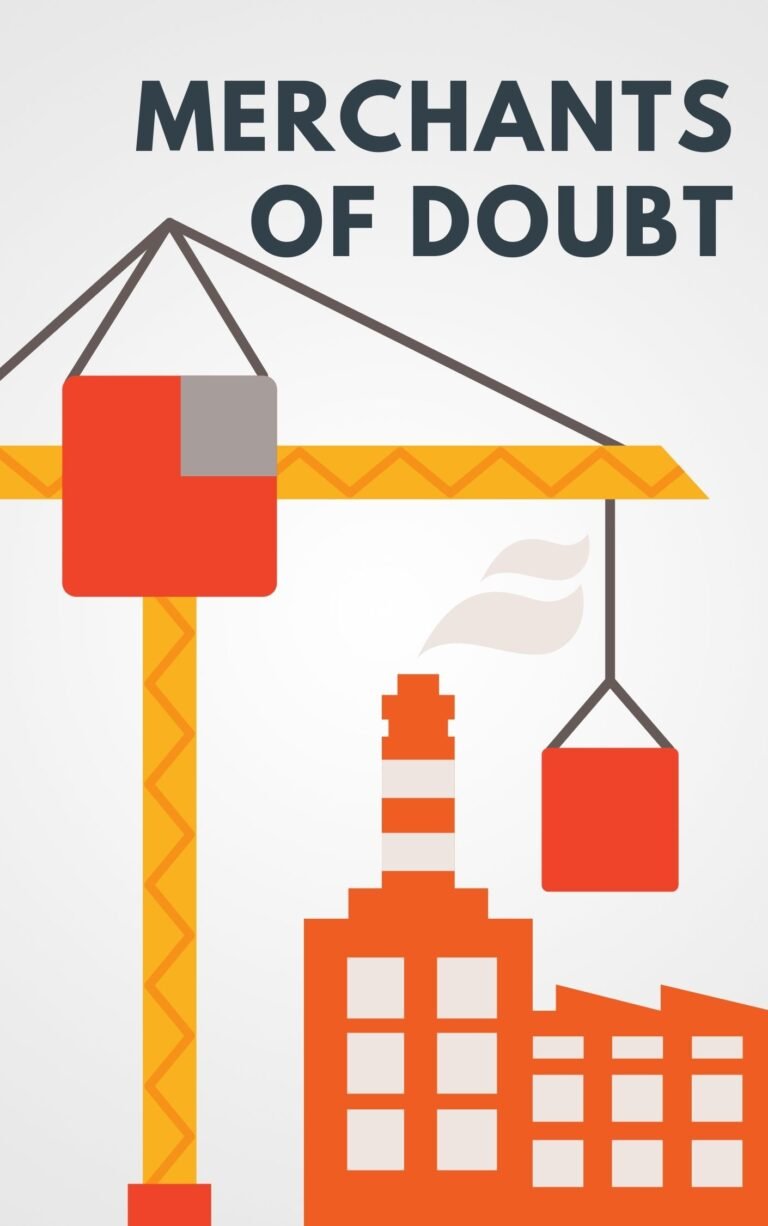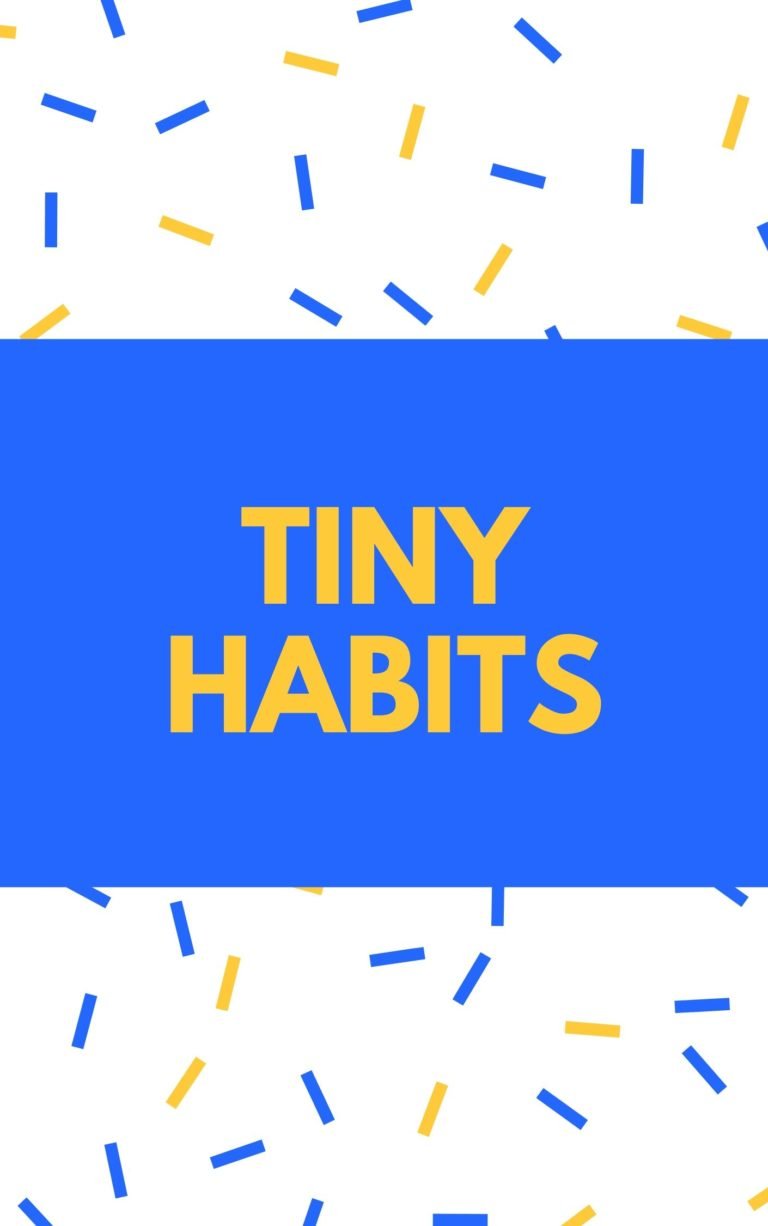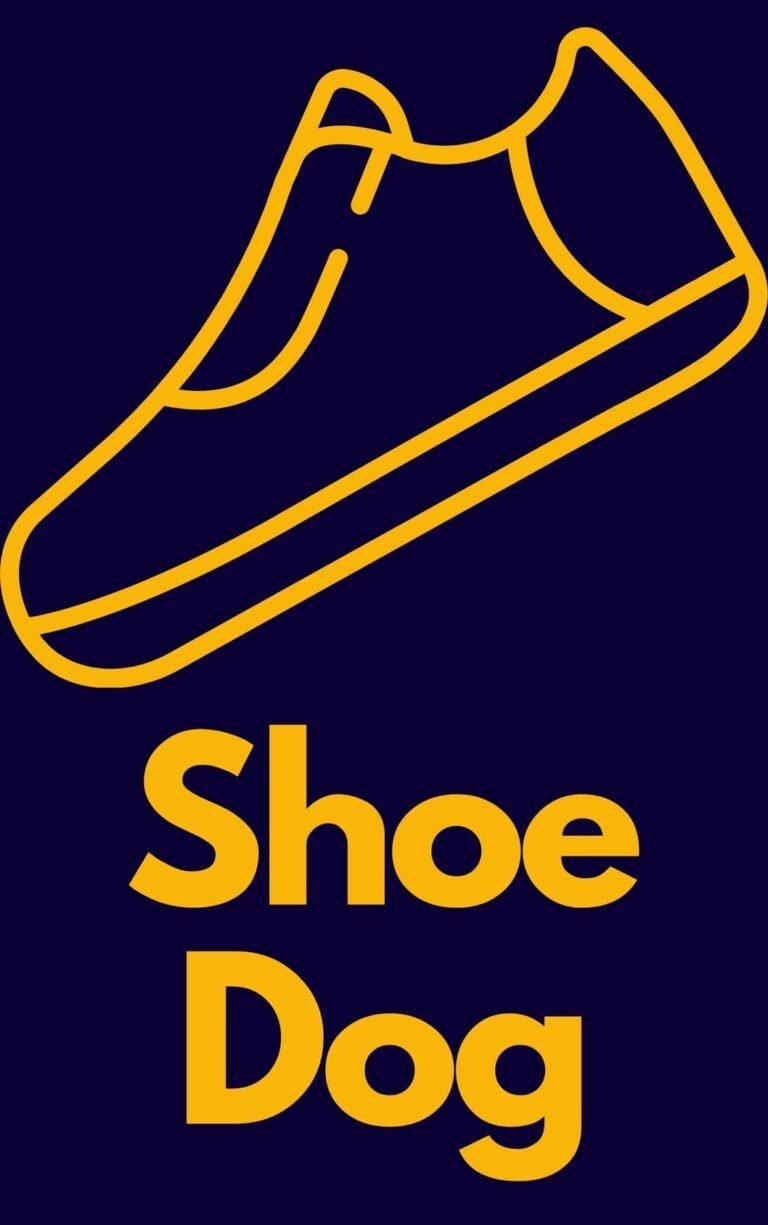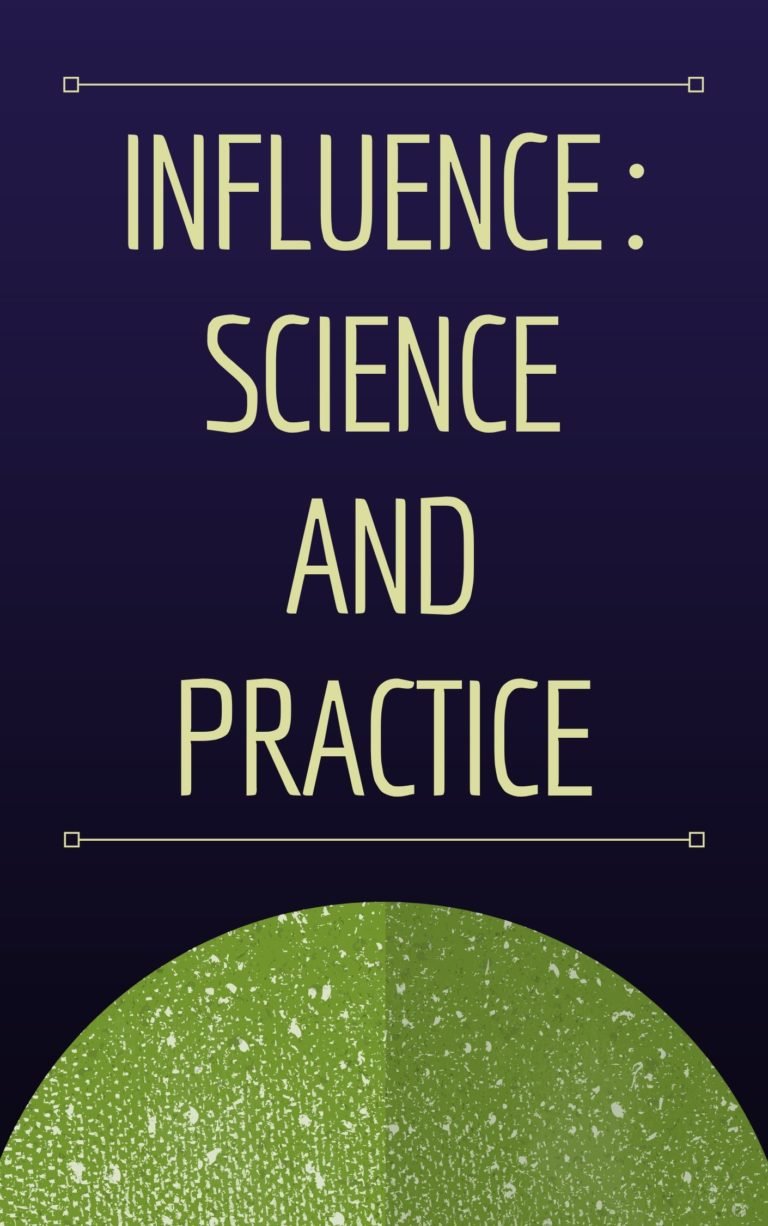Because Internet
Understanding the New Rules of Language
Gretchen McCulloch
Rating: 8.2
“McCulloch’s book is a good start in guiding readers to consider the wild language of the internet as a thing of wonder—a valuable feature, not a bug.”
-The Wall Street Journal
Contents
Informal writing
Because of the internet, many more people use informal writing than ever before. McCulloch describes the ways that the internet brought an explosion of informal written language in the form of email, texts, chats and social media posts. This huge, easy-to-access treasure trove of information illuminates for McCulloch, as a linguist, how people now use language and how that usage has changed over time.
The author notes that formal writing tends to be abstract and impersonal, while informal writing is intensely personal. Internet writers use tools like emoji and GIFs to provide more embodied and emotional communication. “Rather than try to compete with words on their own turf,” the author writes, “emoji added a whole new system to represent a whole other layer of meaning.”
Linguists once had to travel from place to place and gather data from individuals to learn how groups of people speak in different regions and subcultures. Now scientists can gather data from surveys online or directly from tweets and posts. Linguists can deduce how people talk by observing their nonstandard, informal writing.
The Influences
Language changes through a combination of influences, such as “weak” and “strong” social ties; the internet intensifies these factors. Historically and cross-culturally, McCulloch asserts, women lead linguistic change. She explains that women tend to have broader networks of “weak ties” – that is, loose social connections outside direct family groups – than men. The diversity and sprawl of big cities also fuel linguistic change. More linguistic innovation occurs on Twitter, which has a higher incidence of weak ties, than on Facebook, which favors “strong ties” within networks of people you know.
Weak ties foster linguistic innovation; McCulloch notes that strong ties in tight-knit communities spread and reinforce those changes. The way people talk and write stems from and reinforces their sense of being part of a particular community. Peer groups influence teenagers’ language online and offline. Teens adopt new words more often from people online who share their network of friends. People adopt more new words in the first third of their lifespans than at any other time, and, the author details, as adults, they adopt new vocabulary most frequently when they first join a new community.
People talk and write in ways that align them with particular groups
McCulloch writes with clarity about how the English language contains markers of class, education, ethnicity and culture as well as layers of prescriptive grammar. Predictive text and grammar-checking software enforce those norms, because those who create such applications use their own speech and its rules to create them. An informal writer must struggle against those baked-in suggestions.
Conforming to the dominant culture isn’t the only option. A writer or speaker, McCulloch says, can adopt a different vocabulary and style to align, for instance, with a marginalized group. In the internet era, this creative use of language makes its way more quickly into the mainstream. The author happily itemizes how the web makes the origins of linguistic twists and turns easier to trace and credit. The internet, she relates, has a word for appropriating a term from a subculture without giving it credit: “columbusing,” as when white people “discover” something another community has long known. “Internet writing is a distinct genre with its own goals,” the author writes, “and to accomplish those goals successfully requires a subtly tuned awareness of the full spectrum of the language.”
The Users
The internet has had three generational waves of users. Their linguistic experience and contributions vary according to their cohort.
The first people to arrive in any speech community, the author maintains, influence its future development. The original generation of “Old Internet People” were pioneers who created and used tools that built the many networks that predate the modern internet. McCulloch describes them as technologically adept; they based many of their early linguistic innovations on technical lingo or acronyms. Beyond adding their vocabulary, which is now in contemporary usage, this cohort contributed to internet language their attitude that the web could and should be a social place allowing the full range of human expression. Without saying so directly, McCulloch implies that this is a noble attitude.
The “Semi Internet People” and “Full Internet People” came in the second wave. The author discusses how the two groups differentiated themselves by their social choices, not their level of comfort with technology. Full Internet People, according to McCulloch, embraced the web’s social possibilities. They quickly adopted platforms connecting them with friends, peers and people with shared interests.
The Semi Internet People originally adopted the web for their work and only gradually came to use it to supplement their social lives. They remember when sustaining relationships meant making telephone calls and writing letters. Semi Internet People take writing on the internet at face value; for nuance and social context, they prefer to talk.
The third wave divides into “Pre Internet” and “Post Internet People.” Pre Internet People are mostly older. McCulloch depicts them as recalcitrant and once hopeful that they could ignore this whole internet thing, but they finally accepted that it isn’t going away. They didn’t experience the internet’s early stages. They know it only as fully realized Facebook, YouTube, WiFi and touchscreens. Pre Internet People don’t use netspeak like “LOL” or pepper their communications with emoji. Those are tokens of membership in a group they have no interest in joining. If they use special typography, it’s likely to be something from an older version of informal writing, like using multiple commas, dots or dashes to separate thoughts.
By contrast, McCulloch writes, Post Internet People came of age and began texting and using social media as tweens or early teens. Their use of internet-specific language is fluid and nuanced.
McCulloch credibly identifies the differentiator between these waves of internet users as the specific authority or criterion that helps them decide how to punctuate or craft a text message. Is their style influenced by the norms of the offline world and formal writing or by their peers’ practices and how they believe their friends will interpret their messages?
The Interpretation
Creative typography endows the informal writing of the internet with personality and tone of voice. For informal writing to convey feeling, McCulloch believes the reader needs a neutral baseline from which any deviation indicates an emotional nuance. An unpunctuated utterance that ends ended with a line break serves this function in messaging and chat. The addition of a period adds “weight” and is often seen as carrying meaning or being passive-aggressive. The practice of using text in all capital letters to emphasize a single word appeared in the earliest days of the web, but putting a whole phrase in uppercase now reads like yelling. Repeating the letters in a word – for example, “yayyy” and “nooo” – indicates emphasis and has roots in pre-internet orthography going back at least to the 1900s.
As users gain fluency in writing online, McCulloch remarks that politeness replaces short, efficient utterances that might sound rude. Hedges like “iirc” (if I recall correctly) and “afaik” (as far as I know) soften communications, as does in-group jargon. In-group #hashtags make the online environment seem like a friendly neighborhood. And an exclamation mark can indicate warmth or genuineness.
McCulloch delights in the internet’s use of punctuation for myriad purposes. For example, she regards as ironic an offshoot of sparkle typography is known as the “~sarcasm tilde.” The elimination of capitalization and punctuation altogether – known as “typographic minimalism” – can read as irony, annoyance or deadpan sarcasm. This signaling requires a community that understands the code. The reader must perceive and interpret subtle deviations from typographical norms.
Emojis
Emoji add the emotional, embodied attributes of gesture to informal written web communication. Writing’s greatest strength and greatest weakness, McCulloch states, is that it offers communication separated from the presence of the person communicating.
Enter, McCulloch announces, emoji, the equivalents of the human gestures that linguists call “emblems” – that is, specifically named, meaning-bearing symbols. These emblems – like a thumbs up – are culturally specific and completely arbitrary.
Emoji emerged as part of a continuum of visual symbols in written language, including emoticons and a rich array of ASCII art from the early internet. When Apple (2011) and Android (2013) brought emoji into the Unicode dataset on their devices, the symbols gained global popularity. Adding to Unicode is a slow process; people devised creative workarounds using stickers and GIFs in text to add emotion and meaning when no emoji were available.
McCulloch informs that emoji let people indicate that they’re paying attention without having to use words. Like nodding or making an “mm-hmm” sound, they show that you are engaged in the discussion. This allows conversations that aren’t all words to remain emotionally satisfying. Emoji provide clues as to the writer’s intent and enable people to convey and interpret mental states without verbalizing them.
The conventions of conversation change over time and depend on context
McCulloch names social exchanges as “phatic” those phrases that lubricate interactions rather than convey semantic content – for example, “Hi, how’re you doing?” “Fine, you?” McCulloch offers the fascinating detail that it took time for English speakers to settle on “Hello” when picking up the phone, and that greetings in email evolved with the waning of the salutation “Dear,” which once opened most written letters.
McCulloch reminds readers that even babies who don’t speak in sentences learn the fundamental convention of oral conversation, a rhythm of back and forth. Internet Relay Chat (IRC) established that norm in 1988. Chat is now the most common mode of real-time communication online, even in the workplace – for example, through the chat platform Slack.
Topic-based forums, blogs and video games serve as a third home place – like a pub or a coffeehouse, where people gather and have conversations. These environments encourage sustained interactions that foster deeper relationships. Often, participants in public forums trade away their privacy to achieve connection. In-jokes and obscure references that are opaque to casual visitors make the regulars feel less vulnerable.
Memes are a fundamental building block of internet culture
McCulloch traces the history of the meme. She notes that Richard Dawkins invented the term “meme” in 1976 to describe an idea or trope that survives and spreads through social selection like a biologic gene survives and procreates through natural selection. In the mid-1990s, technologist Mike Godwin – the creator of Godwin’s law – described in Wired how his counter-meme about the way Hitler analogies travel on the web actually itself spread on the web as a meme. Godwin’s law says that when an online thread persists over a sufficiently long time, no matter what it is about, it will mutate eventually into a Holocaust, Hitler or Nazi analogy. “Creating, sharing or laughing at a meme is staking a claim to being an insider,” the author writes. “I am a member of internet culture, it says, and if you don’t get this, then you aren’t.”
McCulloch applies the analogy of memes as the atoms that users recombine to produce new units of meaning or entertainment, which spread and reproduce. Making and sharing memes is how participants shape internet culture. This dense network of references, images and idiosyncratic language creates the feeling of being an insider who gets what makes a community special and cool. A particular meme may fade as others emerge so Post Internet People can define what’s in and what’s out. Memes invite participation and reward it with the satisfaction of contributing as an insider to a thriving culture.
The Language
The internet provides a dynamic, democratic and diverse environment for the evolution and study of language. McCulloch provides the surprising insight that no rigid rules bind language, which is like the internet itself: a flexible, resilient, interconnected, decentralized network. Language changes and grows so rapidly that no snapshot description can ever be complete. To describe it at any particular time provides only a data point for future reference.
“The chat format’s astonishing durability,“ McCulloch writes, “signals the true birth of a new form of communication. Chat is the perfect intersection of written and informal language.” The generation gap for online communication is between those who discount the expressive potential of informal writing and those who take that ability for granted. The gap won’t last, because the internet is already deeply embedded in the overall culture. Technology and the tools of communication will continue to evolve, and language in all its multiplicity will continue to change. The internet offers ample opportunity for everyone to shape that future.
A Happy Linguist
Co-host of the Lingthusiasm podcast, Gretchen McCulloch loves language and delights in its processes. She presents the web as a vast, ever-changing, captivating live laboratory for the evolution of the written word. Her obvious joy at the rich mother lode of human linguistic habits makes her insights a great pleasure to read. McCulloch is no language Luddite. She revels in humanity’s capacity to bend language to its specific purposes. She finds the lexicon of written texts to be rich and surprisingly expressive. Her fascination with this realm stands as its own argument against those who argue that web communication degrades or simplifies language or communication. McCulloch tracks moments in web linguistic history that most readers likely take for granted or never noticed when the tropes she cites became everyday speech. Anyone who communicates online will find much to learn and enjoy in her book.





